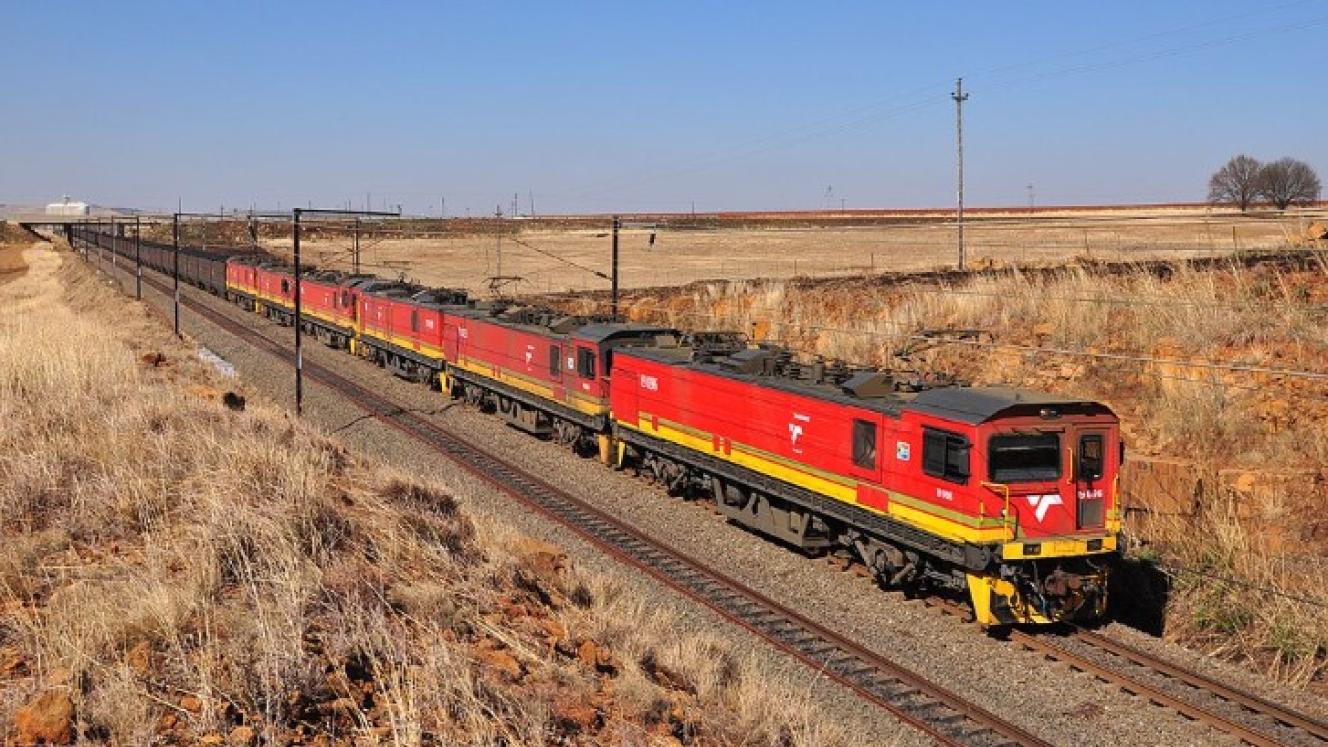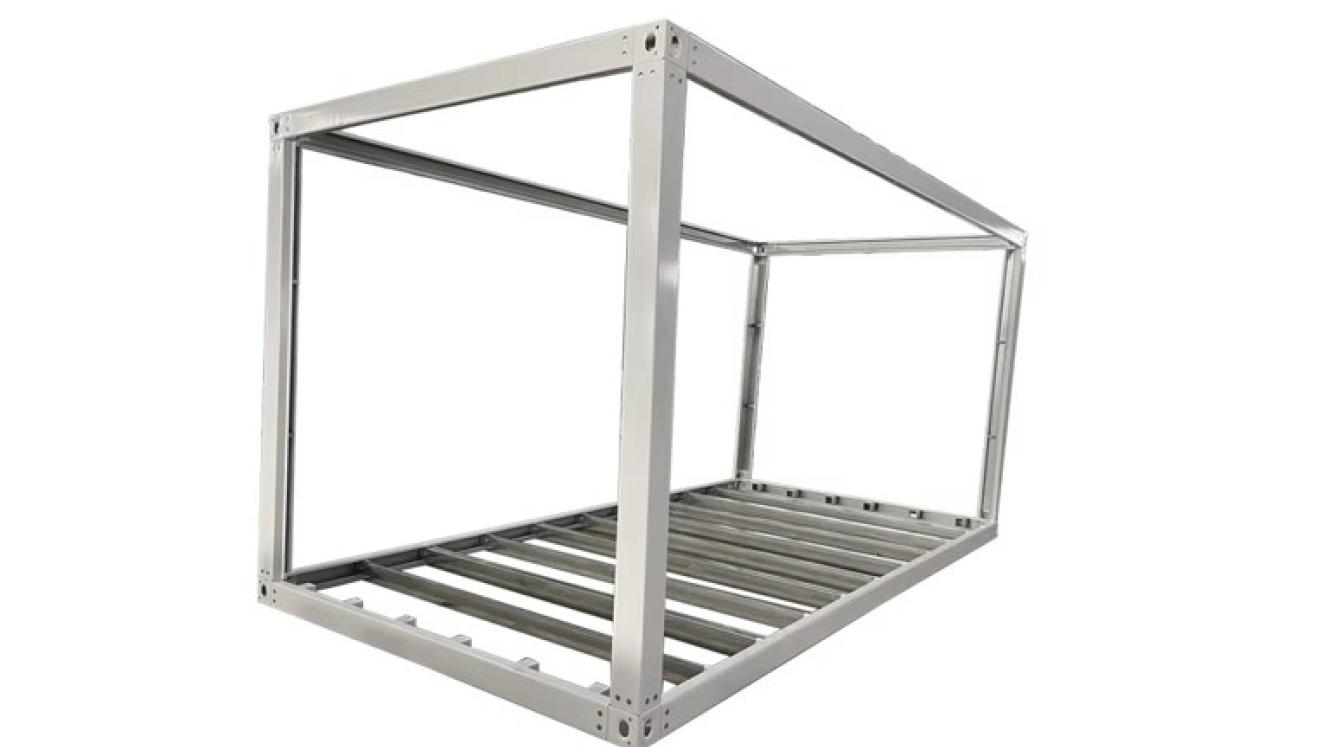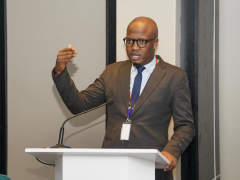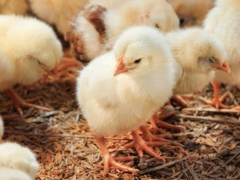Transnet Rail Infrastructure Manager (Trim) has completed the adjudication process to select new Train Operating Companies (Tocs), Minister of Transport Barbara Creecy announced on Friday.
This development paves the way for third-party access to the state-owned rail network, a move aimed at enhancing efficiency, reducing costs, and promoting sustainable freight transport.
“This is a significant step in our rail reform journey and makes open access to freight rail a reality in our country,” Creecy said during the announcement in Pretoria.
“It will contribute to a more efficient, reliable and sustainable rail system that can promote inclusive growth and ensure job retention and job creation.”
The foundation for this reform was laid in March 2022 when Cabinet approved the National Rail Policy, which enables private sector participation while keeping infrastructure under state ownership. The policy aims to optimise network utilisation, attract private investment, and ensure equitable access through effective economic regulation.
“The benefits of third-party access include, among other things, improving utilisation of the network and thus increasing rail efficiency, reducing network unit costs by involving more operators, increasing revenue to contribute to investment in the maintenance and modernisation of the network, and reducing the external costs of freight logistics,” Creecy said.
The evaluation process was rigorous, she added, adhering to standards of fairness and transparency. Of the 25 Tocs that applied, 11 met the requirements and will proceed to negotiations and contracting.
These operators have been allocated slots across 41 routes on six corridors:
- North Corridor (six entrants, 15 routes for coal and chrome)
- Iron Ore Corridor (one entrant, one route for iron ore)
- Cape Corridor (two entrants, two routes for manganese)
- Northeast Corridor (six entrants, 16 routes for coal, chrome, magnetite, fuel and containers)
- Central Corridor (one entrant, two routes for coal, containers, and manganese)
- Container Corridor (four entrants, five routes for containers, coal and sugar).
Trim estimates that these new Tocs will transport an additional 20 million tonnes of freight annually from the 2026/27 financial year, supplementing Transnet Freight Rail’s forecast volumes and supporting the government’s target of 250 million tonnes by rail by 2029.
“The Rail Policy encourages rolling stock investment by the operating companies and the establishment of the rolling stock leasing companies by both state-owned companies and private entities,” Creecy said, adding that this could unlock up to R100 billion in new investments.
She said successful applicants would receive conditional award letters detailing requirements, including for railway safety regulator permits, rolling stock readiness, and securing of port offloading capacity. The names of the successful companies have not yet been released to the public.
Slot durations range from one to 10 years, with operations commencing once conditions are met.
Creecy said the announcement was a step toward a future where railways drive economic growth, job creation, and sustainability, reinforcing the government’s commitment to a modernised, inclusive rail system.
The process gained momentum with the approval of the Roadmap for the Freight Logistics System in South Africa on December 8, 2023. The first Network Statement and Tariff Determination were published on December 20, 2024, with slot applications opening the same day and closing on February 27, 2025.
Trim will open ad-hoc applications for the 2025/26 timetable next week, based on Volume 3 of the Network Statement, with Volume 4 and 2026/27 slot applications to be announced later.













